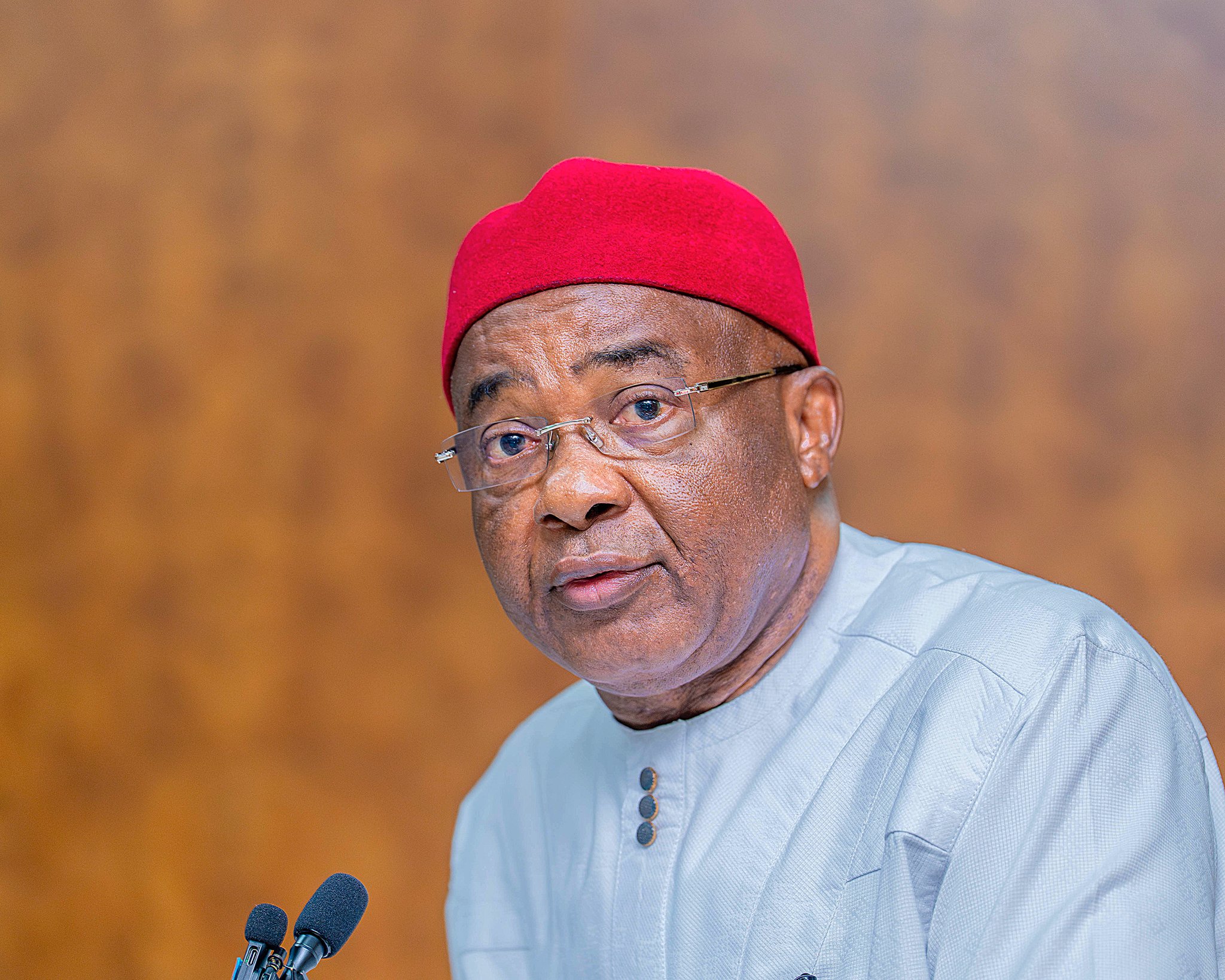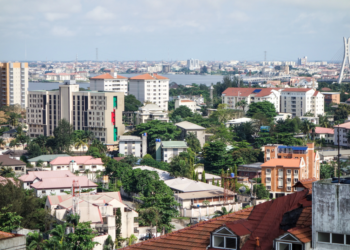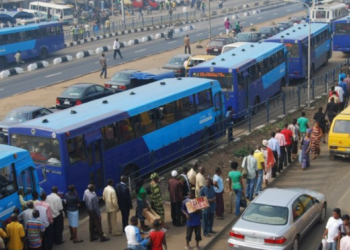Nigeria’s subnational debt profile witnessed a significant shift in 2024, as new data revealed that the combined debt stock of the 36 states declined by a massive 32.32% year-on-year, falling from N5.86 trillion in 2023 to N3.97 trillion in 2024.
The contraction signals a renewed focus by several state governments on debt sustainability, budgetary discipline, and alternative financing models amid growing fiscal pressures.
However, despite this broad-based decline, some states remain deeply entrenched in the country’s debt landscape, either due to existing financial obligations or a strategic push for infrastructure-led growth.
Here’s a breakdown of the top 10 states with the highest public debt stock in 2024 and how they compare year-on-year.
Top 10 Most Indebted Nigerian States in 2024

Imo State executed one of the most notable debt reductions in 2024, slashing its obligations by 41.90%, bringing down debt from N217.11 billion in 2023.
The drastic drop was achieved through debt restructuring, tighter fiscal controls, and a revamped Debt Management Strategy (DMS).
The state focused on refinancing short-term, high-interest loans and aggressively ramped up IGR, reportedly growing from N400 million in 2020 to nearly N4 billion in 2025, thanks to digital reforms and improved tax compliance. This revenue surge allowed the state to fund more projects internally, reducing the need for borrowing.






















